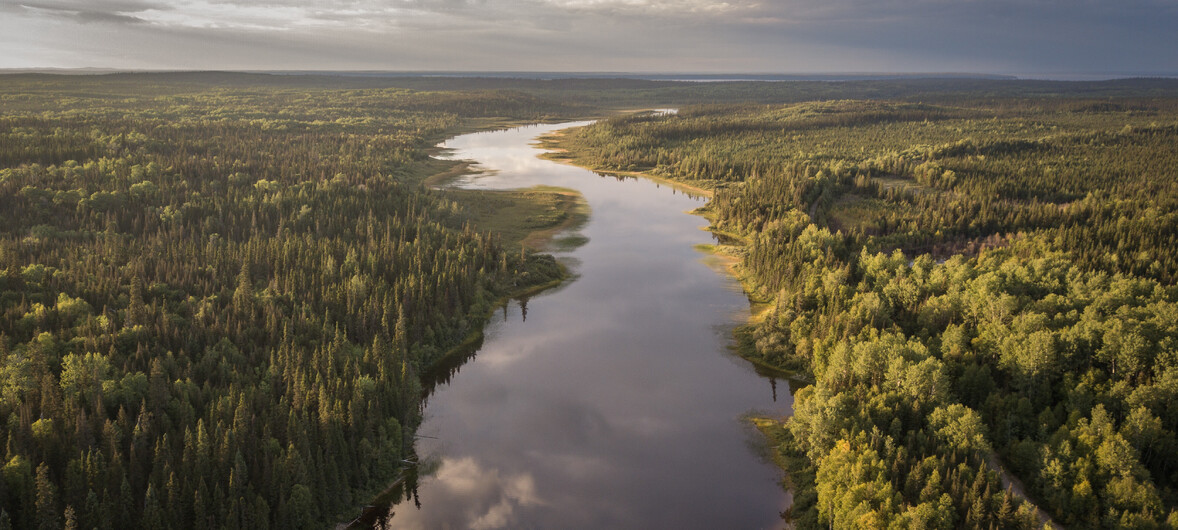
Mr. Sansflamme: Four surprising facts about responsible tourism
The new 2024-2025 tourist guide is finally here! Order your copy or download it!
Greetings to all of you who love our beautiful region. I'm so glad to see you again! I took time recently to explore this wonderful land of ours and I was struck by the growing importance, right here at home, of responsible travel.
Strolling through the splendid landscapes of our region, I noticed the presence of new shoots. I was mindful of the areas affected by forest fires and the trench development that is altering the landscape somewhat. This led me to think about the ways in which we can enhance and preserve the land around us. Together, we can encourage travellers to enjoy our region while protecting it and acting responsibly.
Your guide: Mr. Sansflamme
Allow me to introduce myself. My name is Mr. Sansflamme, and I'm a passionate fan of the region of Eeyou Istchee Baie-James and a great friend of the forest. Today, we'll look at what happens to our forests after fires. We'll also be considering new ways of travelling and opting for actions that benefit local communities and the region as a whole.
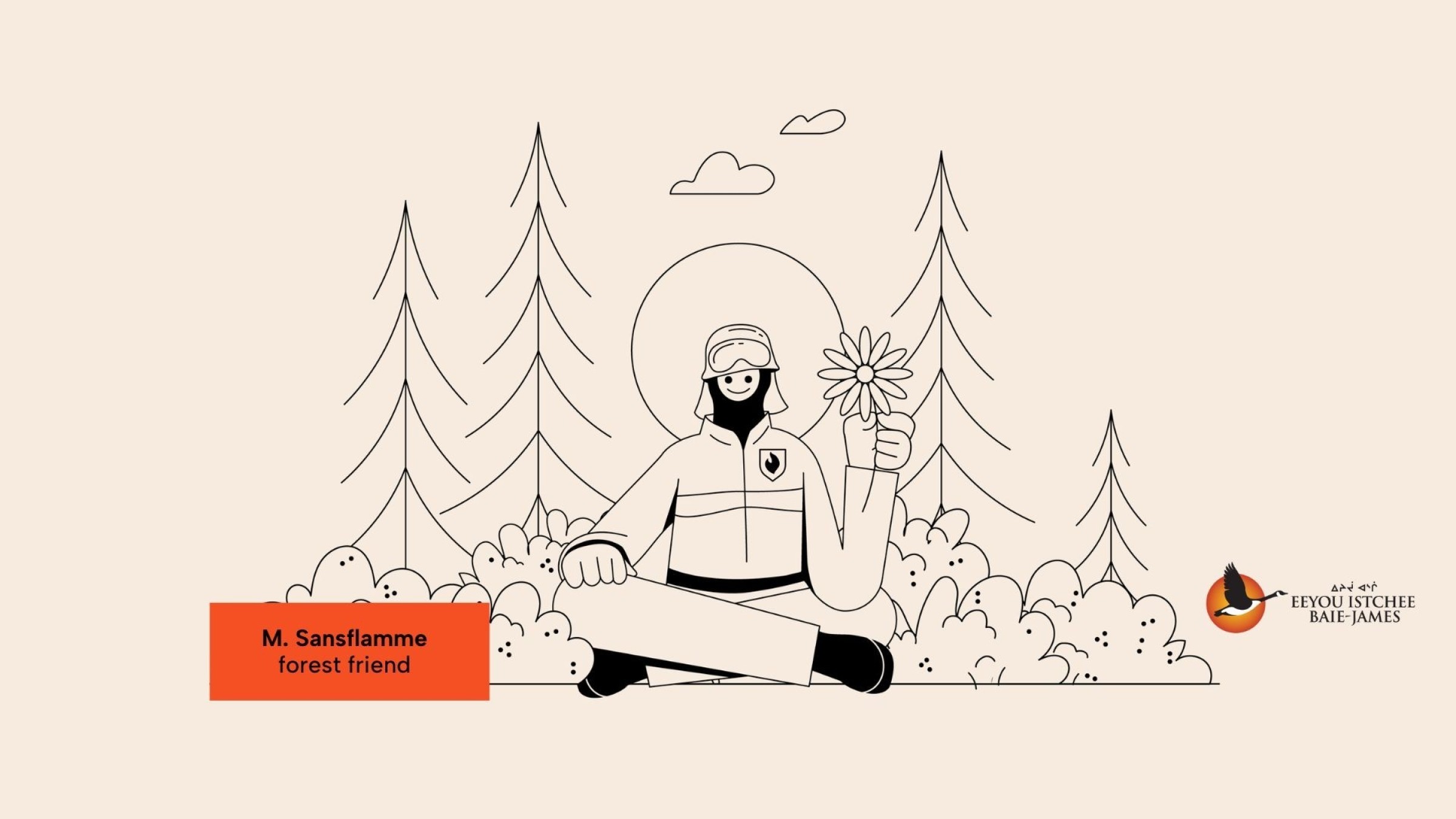
Fact 1: A new way of travelling
More and more travellers are becoming aware of the importance of preserving the environment and want to encourage and support towns that have been affected by forest fires. Travelling responsibly may seem difficult at first, but in reality all it takes is a few simple gestures to minimize your impact on the environment and local communities. By supporting local businesses, respecting local cultures and traditions, and minimizing our carbon footprint, we can make a difference.
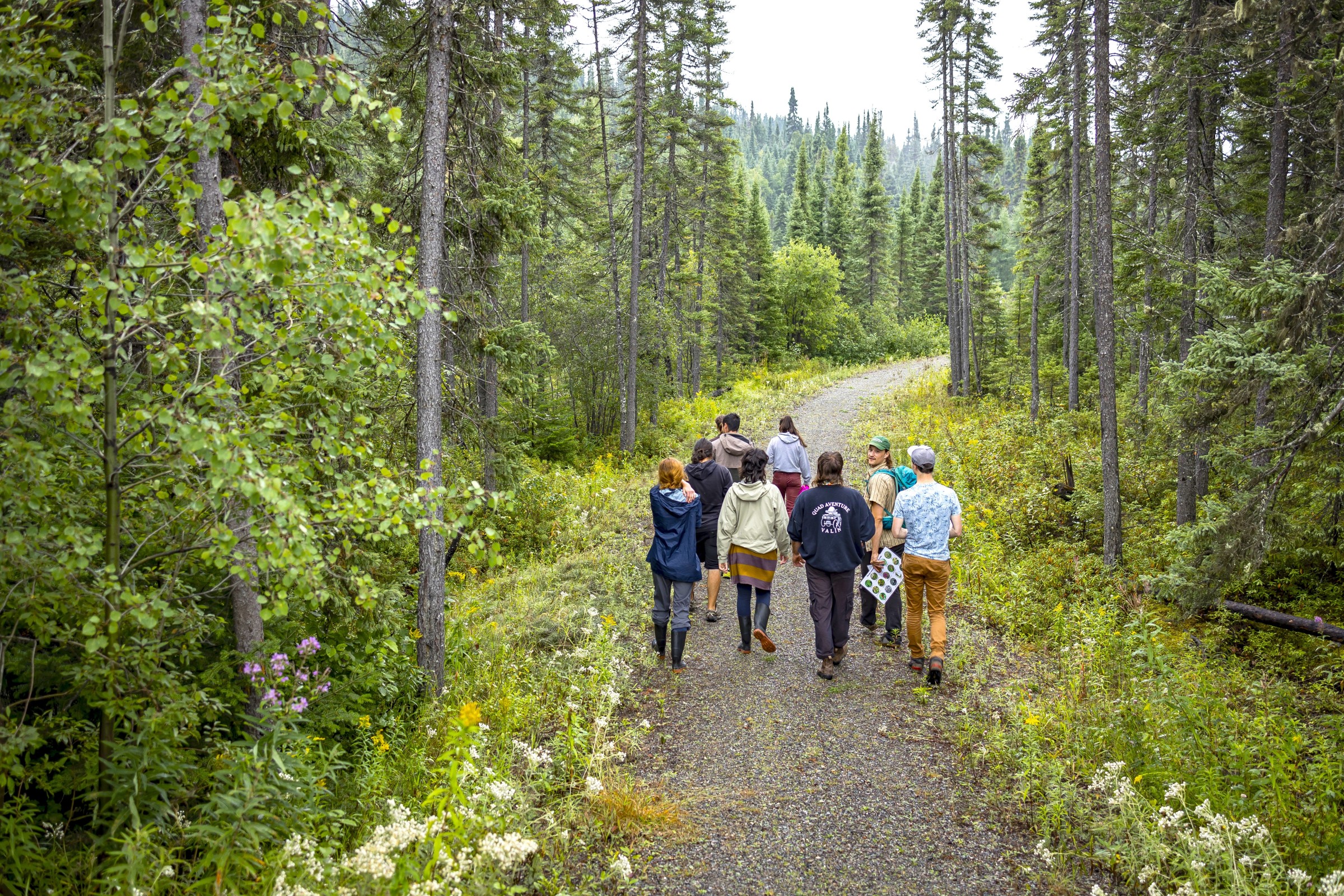
Fact 2: Nature is resilient and deserves our respect
It's a fact: nature is resilient. Following forest fires, nature transforms and renews itself, thereby regaining its splendour. I've been able to observe trees such as black spruce and jack pine here - these species play an essential role in the regeneration of our forests. In fact, their cones are specially adapted so that they release their seeds onto the soil following intense heat, enabling new trees to grow rapidly. Isn't that fascinating? But that's not all! After a fire, herbaceous plants and berries such as blueberries grow back at spectacular speeds. The increased supply of nutrients in the soil encourages them to grow rapidly, adding a touch of colour and life to the natural world as it comes back to life.
One of the crucial stages in the success of forest regeneration is the harvesting of burnt wood. In the wake of a forest fire, forest industry workers must hurry to recover the burnt wood before insects, such as long-horned beetles, feast on the scorched material. Subsequently, the wood is transformed for use in construction or even turned into a picnic table! As a result, this preserves trees' health and fosters the growth of new shoots.
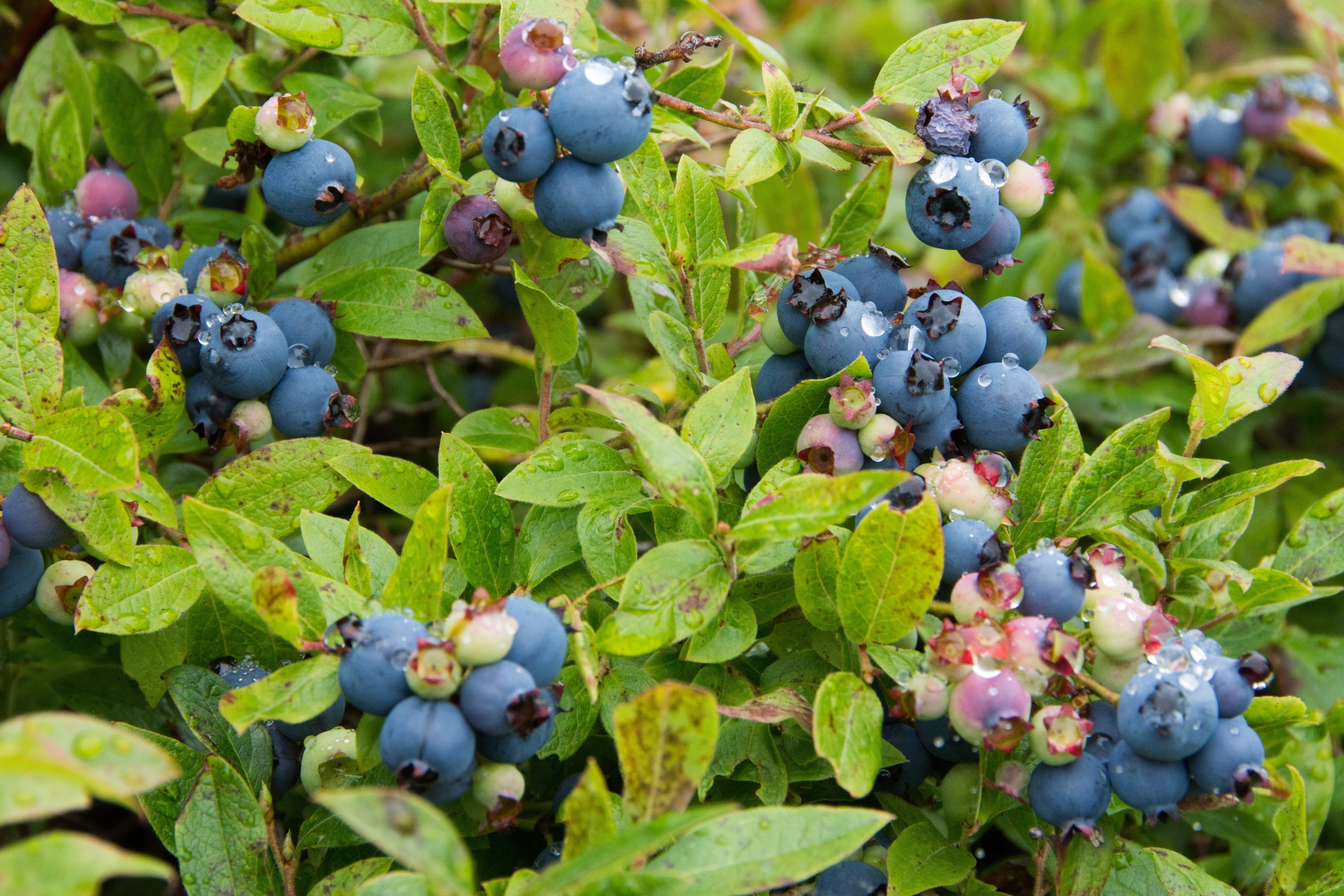
Fact 3: Sustainable tourism makes positive contributions to communities
Did you know that sustainable tourism has a direct impact on remote communities? During my trip, I particularly enjoyed interacting with people from the various regional communities. As it involves sharing culture and knowledge, tourism creates unique opportunities for interacting. By strengthening the sense of pride and belonging to the community, a real connection is created between travellers, local residents, and nature.
Visiting Indigenous and Jamesian communities is a way of contributing to the region's economic development. In fact, the future of Indigenous tourism in our region is closely bound up with sustainable development. Dave Laveau, Executive Director, Tourisme Autochtone Québec, stresses the importance of focussing our efforts on tourism offers that promote sustainable development. We must work together to create a tourism experience that respects nature and celebrates local culture. Indigenous tourism also creates jobs in the communities and generates stable income, while helping to improve quality of life. This income can then be reinvested in projects and infrastructure that benefit the community as a whole. When you choose to travel responsibly, you make a direct contribution to the region's development. Also, you help improve quality of life in both Indigenous and Jamesian communities!
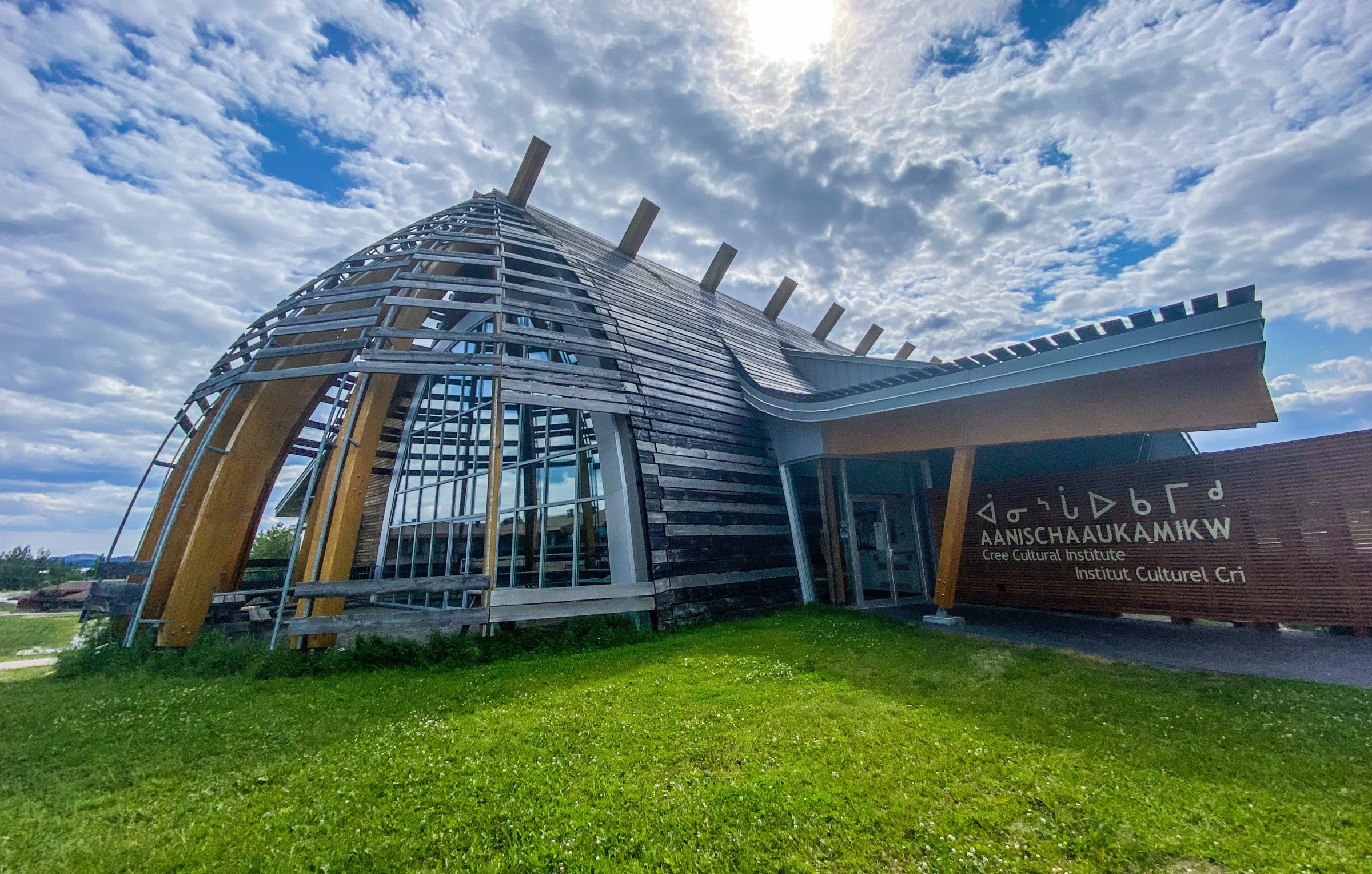
Fact 4: Taking part in something greater than yourself feels... great
Ah, what fun it is to do a good deed! Just imagine how much being a part of something bigger than yourself can change your view of the world around you. One of the most striking lessons I've learnt is that we all have a role to play in the future of our planet. Everything we do counts, whether we adopt eco-responsible practices on a daily basis, buy local products, save water and reduce waste or favour sustainable means of transport. These actions, however small, help to minimize our impact on the environment.
I am convinced that planning is also essential if we are to preserve and respect the beauty of our region. Before you set off on your adventure, I strongly encourage you to find out all you can about the destination, understand local issues, and get to know the local way of life. Being well-informed enables you to behave respectfully and responsibly throughout your stay.
I look forward to meeting you on your next adventure right here in Eeyou Istchee Baie-James!
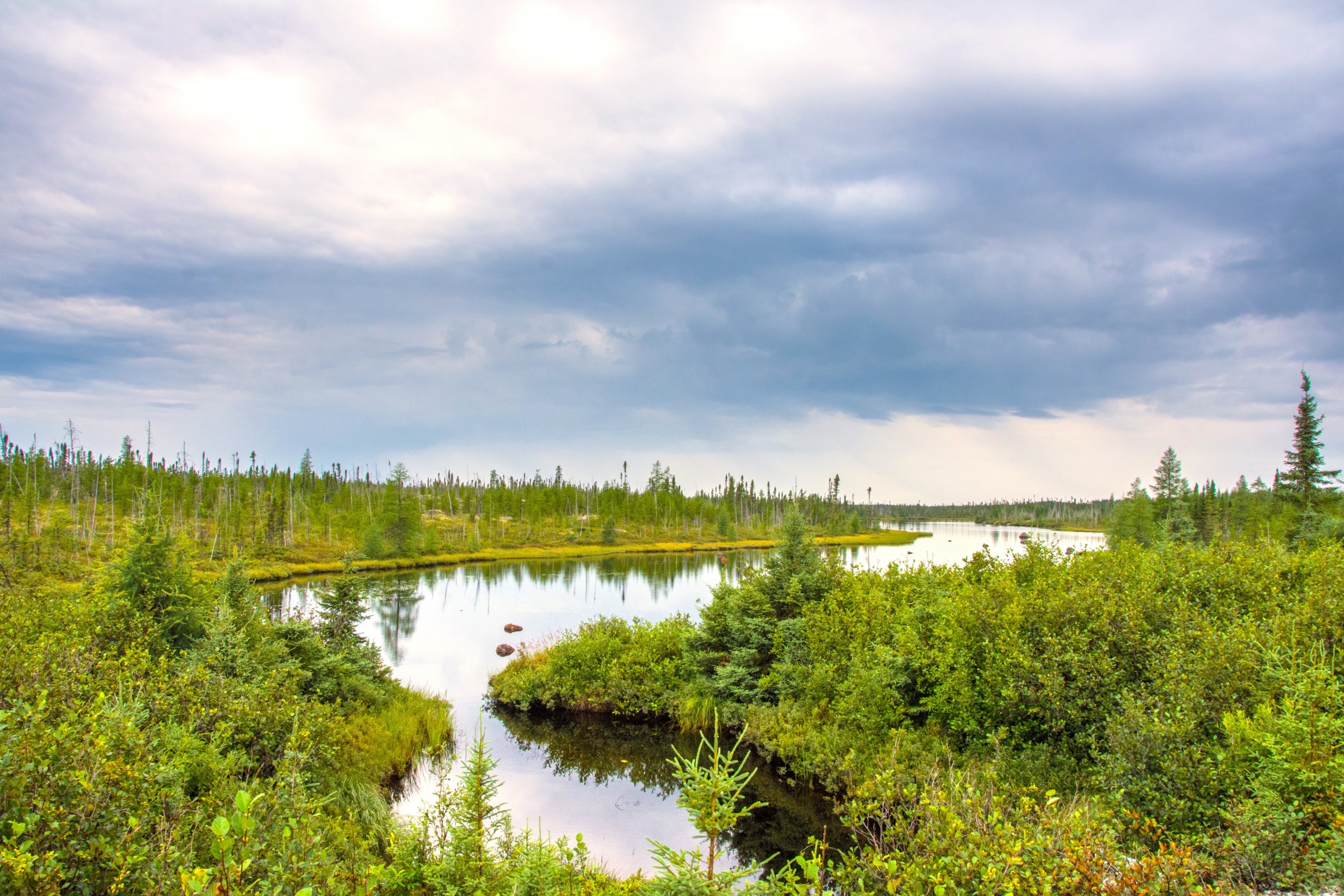
Sources:
Responsible tourism in Canada. (Undated). responsibletravel.com. https://www.responsibletravel.com/holidays/canada/travel-guide/responsible-tourism-in-canada
Nieminen, L. (2022, November 15). Sustainable Tourism in Canada: 5 Ways to Incorporate Responsible Travel in your Trip. Uncovering British Columbia. Retrieved July 25, 2023 from https://uncoveringbc.com/sustainable-tourism-in-canada-responsible-travel/
Cucchi, M. (2023, July 7). L'industrie touristique autochtone en plein essor, contre vents et marées | Les communautés autochtones face aux feux de forêt. Radio-Canada. Retrieved July 25, 2023 from https://ici.radio-canada.ca/espaces-autochtones/1994221/tourisme-canada-premieres-nations-quebec
Rémillard, D. (2023, June 12). Québec doit autoriser la récolte du bois brûlé « excessivement rapidement ». Radio-Canada. Retrieved July 25, 2023 from https://ici.radio-canada.ca/nouvelle/1987189/industrie-forestiere-bois-brule-recolte-incendies-forets-quebec
Dioré de Périgny, C. (2020, July 31). Le feu est destructeur, mais aussi régénérateur de forêts. Radio-Canada. Retrieved July 25, 2023 from https://ici.radio-canada.ca/nouvelle/1720343/feu-foret-benefices-avantages-incendies-arbres-pins-regeneration
Région zéro 8. (Undated). Les feux de forêt : que se passe-t-il après un gros incendie ? Les Feux De Forêt : Que Se Passe-t-il Après Un Gros Incendie ? Retrieved July 25, 2023, from https://ici.radio-canada.ca/ohdio/premiere/emissions/region-zero-8/segments/entrevue/185585/feux-foret-abitibi-nouveaux-arbres-repoussent
Réflexions sur le tourisme dans les régions touchées par les feux de forêt (D. Chabot, Interviewer). (Undated). Réflexions Sur Le Tourisme Dans Les Régions Touchées Par Les Feux De Forêt. Retrieved July 25, 2023 from https://ici.radio-canada.ca/ohdio/premiere/emissions/des-matins-en-or/segments/entrevue/448049/baie-james-tourisme-forets-feux-abitibi
News
5 Reasons to Visit Eeyou Istchee Baie-James this summer!
Wednesday, April 17, 2024
Snowmobiling in Eeyou Istchee Baie-James: A Great Escape
Wednesday, November 29, 2023
Conquering the Trails: Snowmobiling and Relaxation at Hôtel Chibougamau
Wednesday, November 29, 2023
Getting around during fires: What to do and how to act
Thursday, July 27, 2023
Mr. Sansflamme explains forest fires
Wednesday, July 12, 2023
Soaring into the Northern Quebec Skies with Air Creebec
Tuesday, April 18, 2023